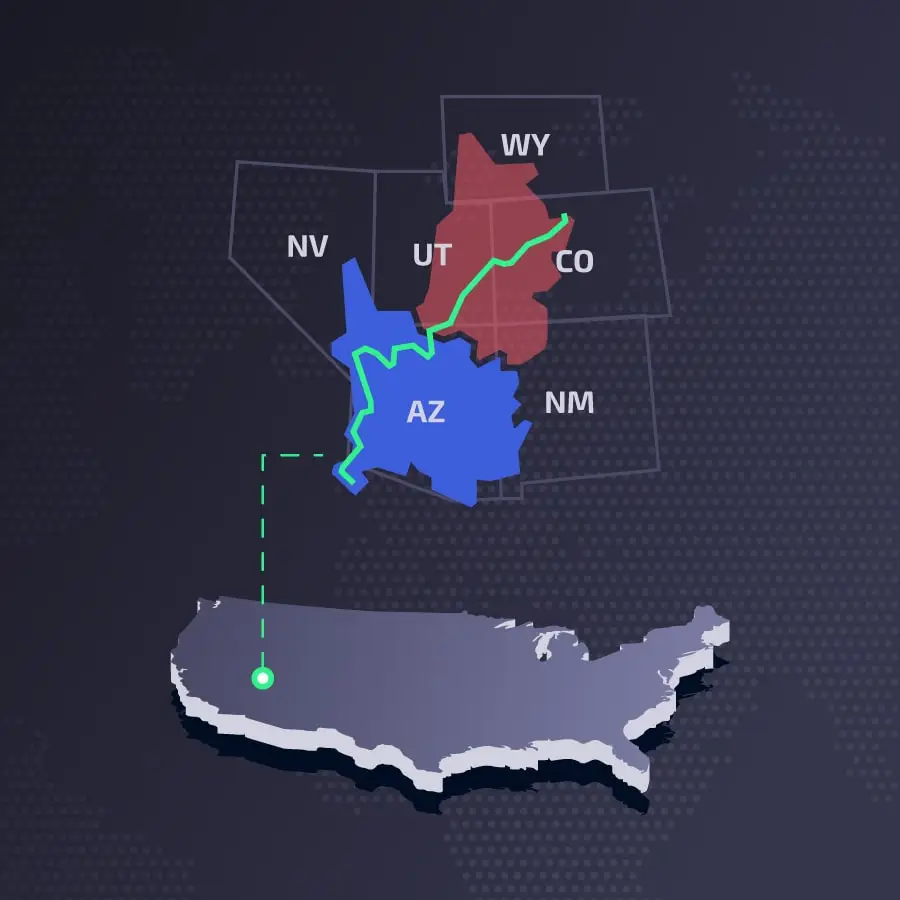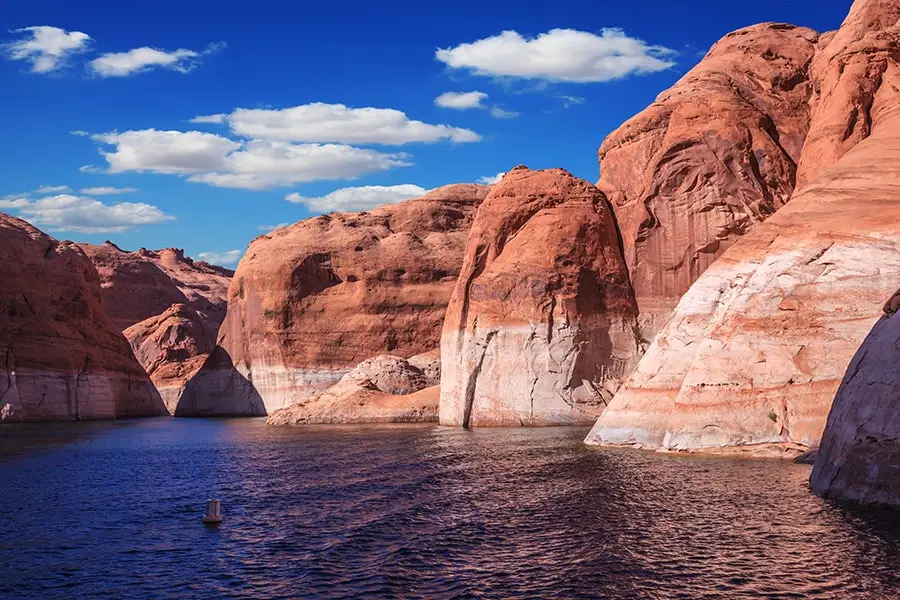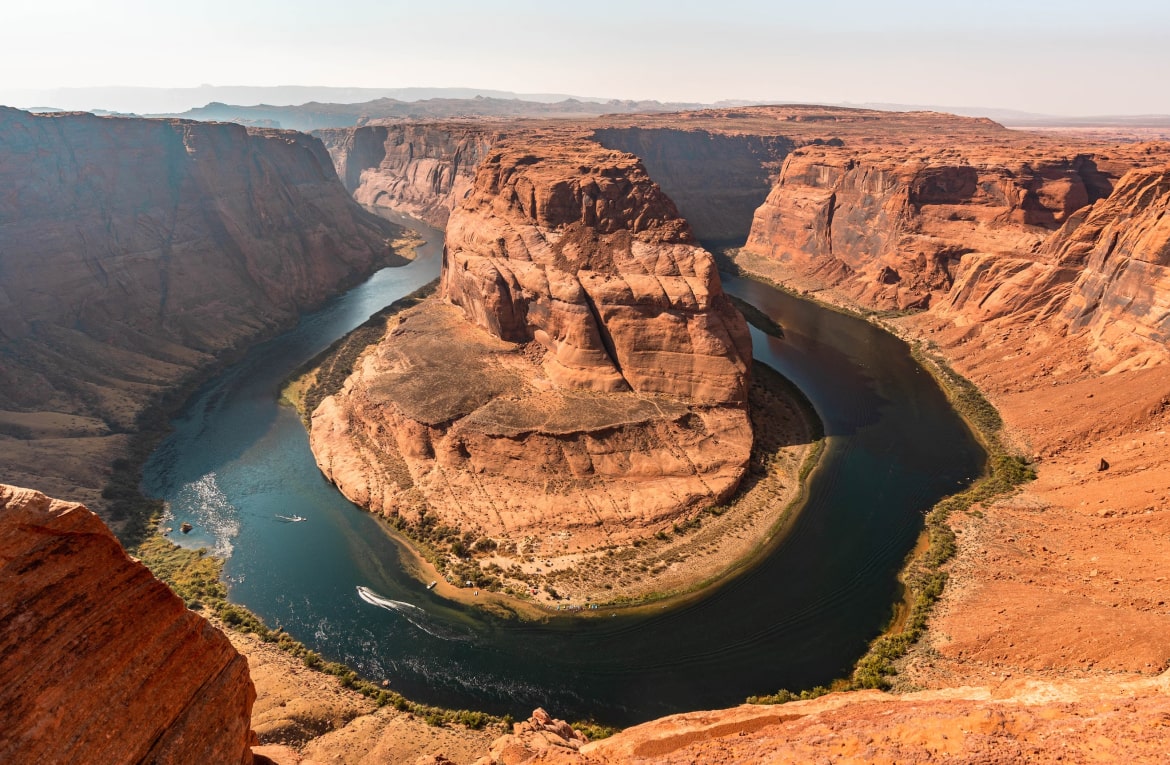“If climate change is the shark, then water is the teeth.” This catchy saying has gained traction over the past several years, which is problematic. The saying appears to have originated from James P. Bruce, a Canadian hydrogeologist and is repeated often in climate and water discussions.
Increasing greenhouse gas emissions and a resulting changing climate does impact water through increased scarcity (aridification), loss of stationarity, and extreme weather events. However, the intersection of climate change and water is complicated and not as simple as the shark and teeth analogy.
If we solve climate change via mitigation and adaptation, we will still not fix our water problems. Poor water policies and governance, overallocation, lack of access to safe drinking water, sanitation and hygiene (WASH), and inadequate investment in water infrastructure are not resolved by fixing the so-called climate crisis. These wicked water problems have root causes that are independent of our failure to address climate change.
The Colorado River Basin is an example.
The American West, including the cities of Las Vegas, Los Angeles, Phoenix, Arizona, and Denver (among others) are within the greater Colorado River Basin (CRB), which is now among the world’s most water-stressed regions.
In addition to its environmental value, the economic importance of the CRB cannot be overstated. The Colorado River supports $1.4 trillion in annual economic activity and 16 million jobs in California, Arizona, Nevada, Utah, Colorado, New Mexico, and Wyoming, which is equivalent to about 1/12 of the total gross domestic product in the U.S1. It is estimated that if 10 percent of the river’s water were unavailable (a decline quite possible under projected climate change scenarios of 10 to 30 percent flow reductions by 2050) there would be a loss of $143 billion in economic activity and 1.6 million jobs, in just one year.

Map of the Colorado River
Colorado river
Lower Colorado basin
Upper Colorado basin
The CRB supplies more than 1 in 10 Americans with some, if not all, of their water for municipal water use, including drinking water2. The CRB provides irrigation to more than 5.5 million acres of land and is essential as a physical, economic, and cultural resource to at least 22 federally recognized tribes. In addition, dams across the Colorado River Basin support 4,200 megawatts of electrical generating capacity, providing power to millions of people and some of the largest cities in the U.S.
It has become clear that under current and projected conditions, the Colorado River is no longer able to meet the demands of its many users. The question is, why?
Western water law is part of the problem. Most western states in the US maintain that all water is owned by the state and allow water rights to be allocated in association with a given property and beneficial use. For the most part, western states follow the Doctrine of Prior Appropriation (the “first in time, first in right” principle), wherein those who first established a claim to, and beneficial use of, water had a right to use such water. Any entity or individual obtaining a permit thereafter is then only able to utilize their water right after senior water rights holders’ allocations are fulfilled.
In addition to each state’s management of water resources, a collection of statutes, court decisions and decrees, interstate agreements, and international treaties emerged from disputes over the allocation of the Colorado River’s water3. This collection of the primary basin-wide agreements governing the CRB is known as “Law of the River”.
How well has the “Law of the River” worked, and how is it adjusting to the impacts of climate change?

Lake Powell, a huge artificial water basin of the Colorado River, USA
The “Law of the River” has not played out well. The CRB has faced increasing water demand from agriculture, urbanization, and industry making competition for water fierce, thus leaving many without access to safe drinking water. Demand was increasing compared to supply before the impacts of climate change were understood.
A recent article provides the history of overallocation and poor public policy along with the triggering of the CRB Drought Contingency Plan. During compact negotiations in the 1920s, records showed the river’s annual flows were lower than the total 17.5 million acre-feet allocated to the seven states and Mexico. In fact, three different studies during the 1920s estimated natural river flows at Lee Ferry at between 14.3 million acre-feet and 16.1 million acre-feet. Planners chose to ignore that information and evidence showing that the basin regularly experienced long periods of drought. In the lower basin, California, Nevada and Arizona have long overused their share of the river (approximately 7.5 million acre-feet annually, averaged over 10-year rolling cycles), whereas the upper basin states have yet to use more than around 4 million acre-feet (of the “remaining” 7.5 million acre-feet originally intended, but not necessarily guaranteed, for them).
The intersection of climate change and water is complicated and not as simple as the shark and teeth analogy.
William Sarni
Founder and CEO at Water Foundry
1Economic importance of the Colorado River, 2019
2Drought in the Colorado River Basin, n.d.
3Liquid Assets: Investing for Impact in the Colorado River Basin, 2015









